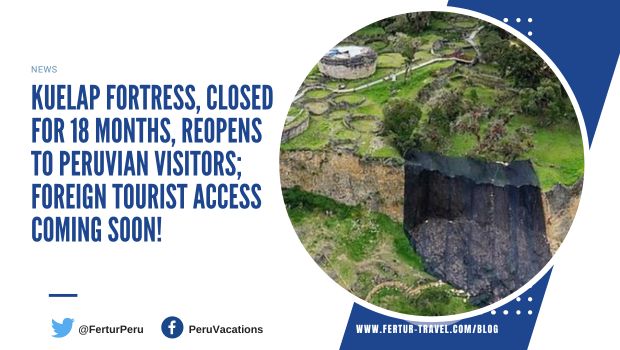
Kuelap Fortress open again, but not for foreign tourists just yet
[Originally posted August 18, 2023] After almost a year and a half of closure, the pre-Inca ruins of Kuelap will reopen this weekend to Peruvians — not foreign tourists yet, but, fingers crossed, that’s coming soon!
CLICK TO READ UPDATE ABOUT KUELAP!
Starting Saturday, August 19, a limited number of Peruvian travelers, as well as foreign legal residents in Peru, will have the opportunity to visit free of charge.
President Dina Boluarte announced that Kuelap would soon be reopening during the annual July 28 Independence Day address to the nation.
Kuelap is one of the main tourist attractions in the northeastern region of Peru, in Amazonas. The site used to receive about 150,000 tourists a year before the covid-19 pandemic.
The reopening will be gradual, initially allowing up to 90 people per day to enter the Chachapoya temple fortress, located in Peru’s northeast Amazon cloud forest near the town of Chachapoyas.
According to the Ministry of Culture Resolution N° 000308-2023-MC, admission into the Kuelap Archeological Monument will be free until December 31, 2021.
The archaeological site was closed in April 2022, after a large section of the perimeter wall on the south side collapsed due to heavy rainfall. A month later, an external tourist circuit was enabled which offered only limited views of the Chachapoya architecture.
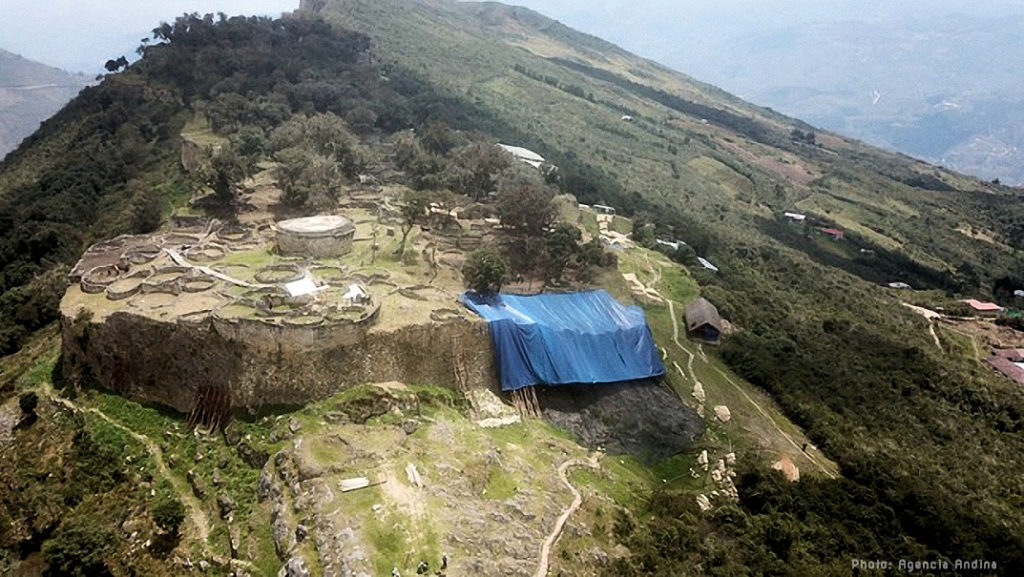
Kuelap is a marvel of architectural ingenuity and artistic expression.
Its massive outer walls, adorned with intricate designs, surround a labyrinthine city of circular houses and ceremonial structures. The circular shape of the houses is a unique feature that sets Kuelap apart from other archaeological sites in Peru.
A new tourist route has been created inside the citadel to reach the main temple, where important religious ceremonies once took place. The circular platform is believed to have once served as the residence for the elite class of Chachapoya warrior priests and their entourages.
Still off limits are portions of the monument near a large section of the external walls, which took generations to complete. For centuries they served as a protective barrier and also contained human burials and other offerings.
Often referred to as Peru’s Machu Picchu of the North, the sites are quite distinct historically and culturally.
Kuelap vs. Machu Picchu: A Unique Experience
While Machu Picchu takes the spotlight as Peru’s most famous archaeological site, Kuelap offers a distinct and captivating experience. Here’s a comparison between these two remarkable destinations:
Kuelap
- Age: Approximately 900 to 1,100 years old, with some structures dating back even earlier.
- Architecture: Circular houses, towering walls, intricate designs, and a labyrinthine city layout.
- Location: Nestled in the northeastern region of Peru, surrounded by stunning mountain views.
- Accessibility: The recent installation of a cable car system has improved access to Kuelap, reducing travel time and offering panoramic views.
- Cultural Significance: A testament to the ancient Chachapoyas civilization, showcasing their unique architectural style and cultural heritage.
Machu Picchu
- Age: Constructed around the 15th century by the Inca civilization.
- Architecture: Stone terraces, intricate stonework, and impressive engineering feats.
- Location: Situated in the Sacred Valley of the Incas, surrounded by the majestic Andes Mountains.
- Accessibility: Accessible by train or hiking the famous Inca Trail, offering a sense of adventure and a chance to immerse yourself in the region’s natural beauty.
- Cultural Significance: A UNESCO World Heritage Site and one of the New Seven Wonders of the World, Machu Picchu is an iconic symbol of Inca civilization and a testament to their engineering and architectural prowess.
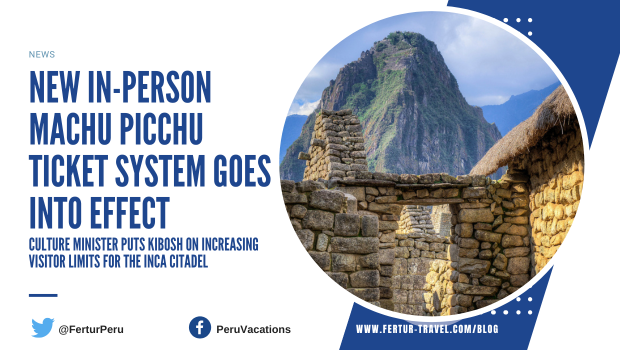 New in-person Machu Picchu ticket system goes into effect
New in-person Machu Picchu ticket system goes into effect 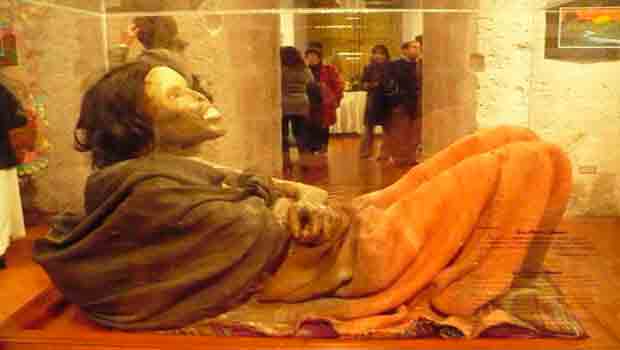 Arequipa tour attraction Juanita mummy placed in deep freeze
Arequipa tour attraction Juanita mummy placed in deep freeze 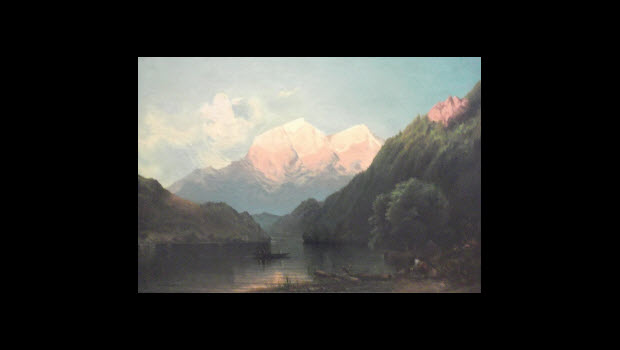 Weight loss in Peru scientifically proven
Weight loss in Peru scientifically proven 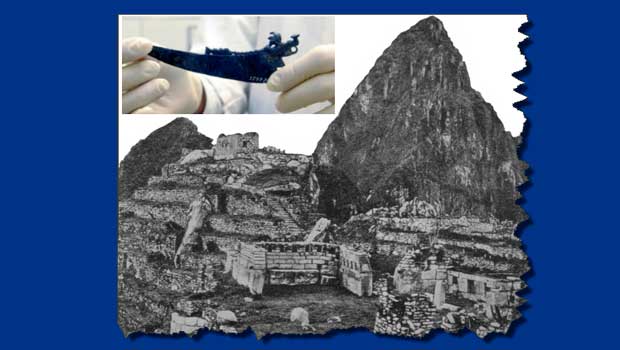 Yale and Cusco university sign deal for return of Machu Picchu artifacts
Yale and Cusco university sign deal for return of Machu Picchu artifacts  Support the Open Allies for Airfare Transparency coalition
Support the Open Allies for Airfare Transparency coalition  Machu Picchu spared from UNESCO endangered sites list
Machu Picchu spared from UNESCO endangered sites list 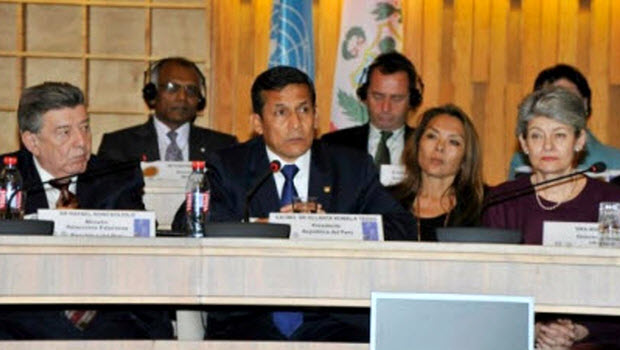 Qhapaq Ñan: a symbol for the world of multinational integration
Qhapaq Ñan: a symbol for the world of multinational integration 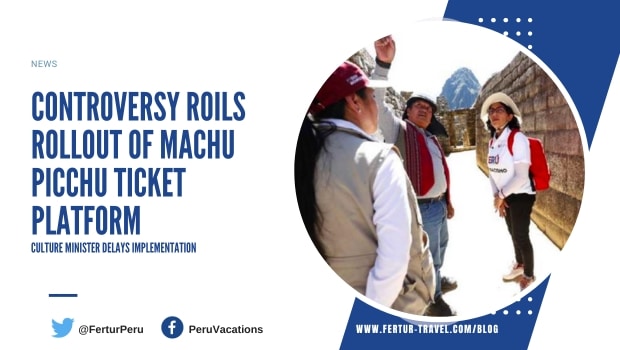 The roiled rollout of Machu Picchu virtual ticket platform
The roiled rollout of Machu Picchu virtual ticket platform